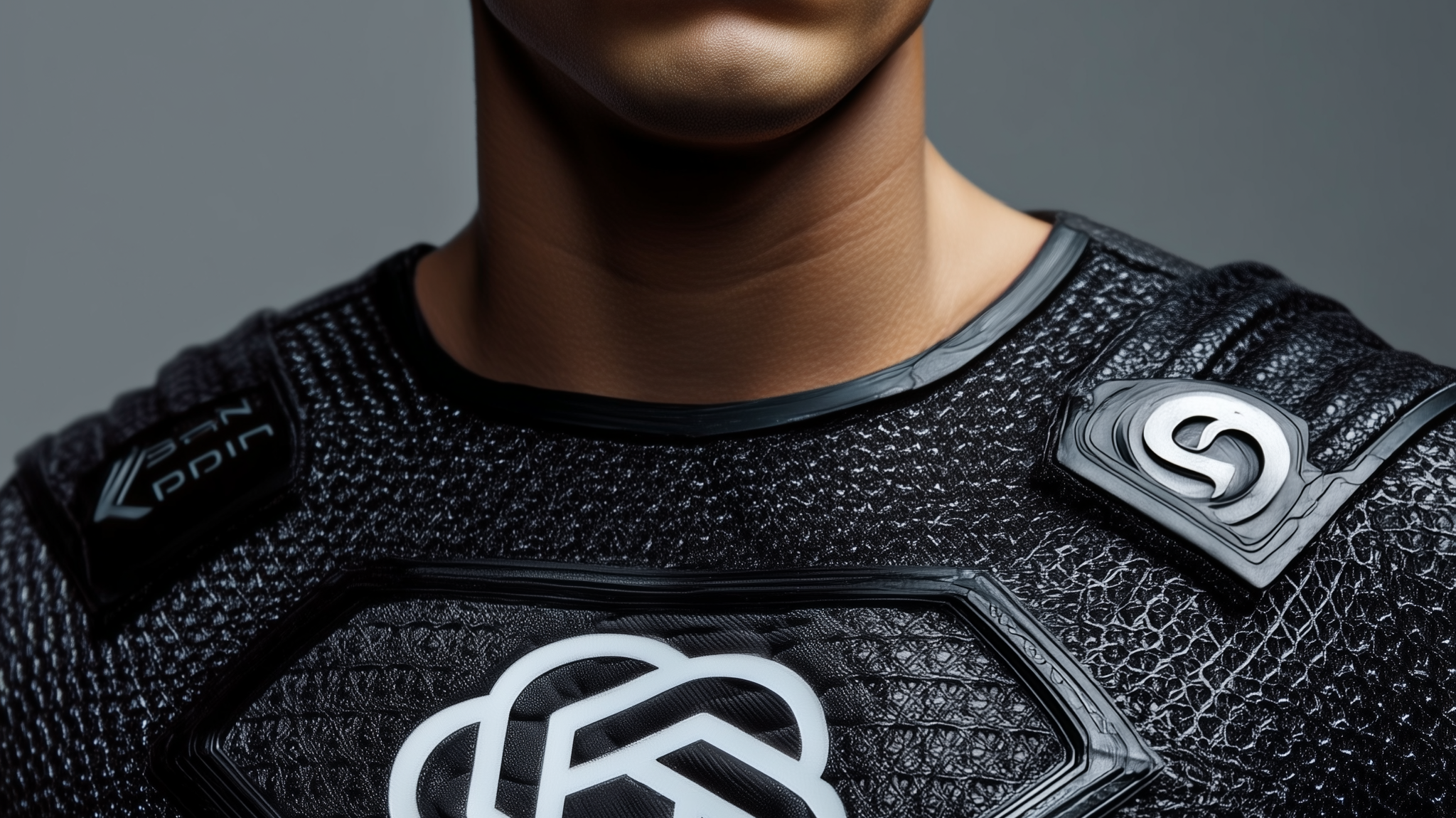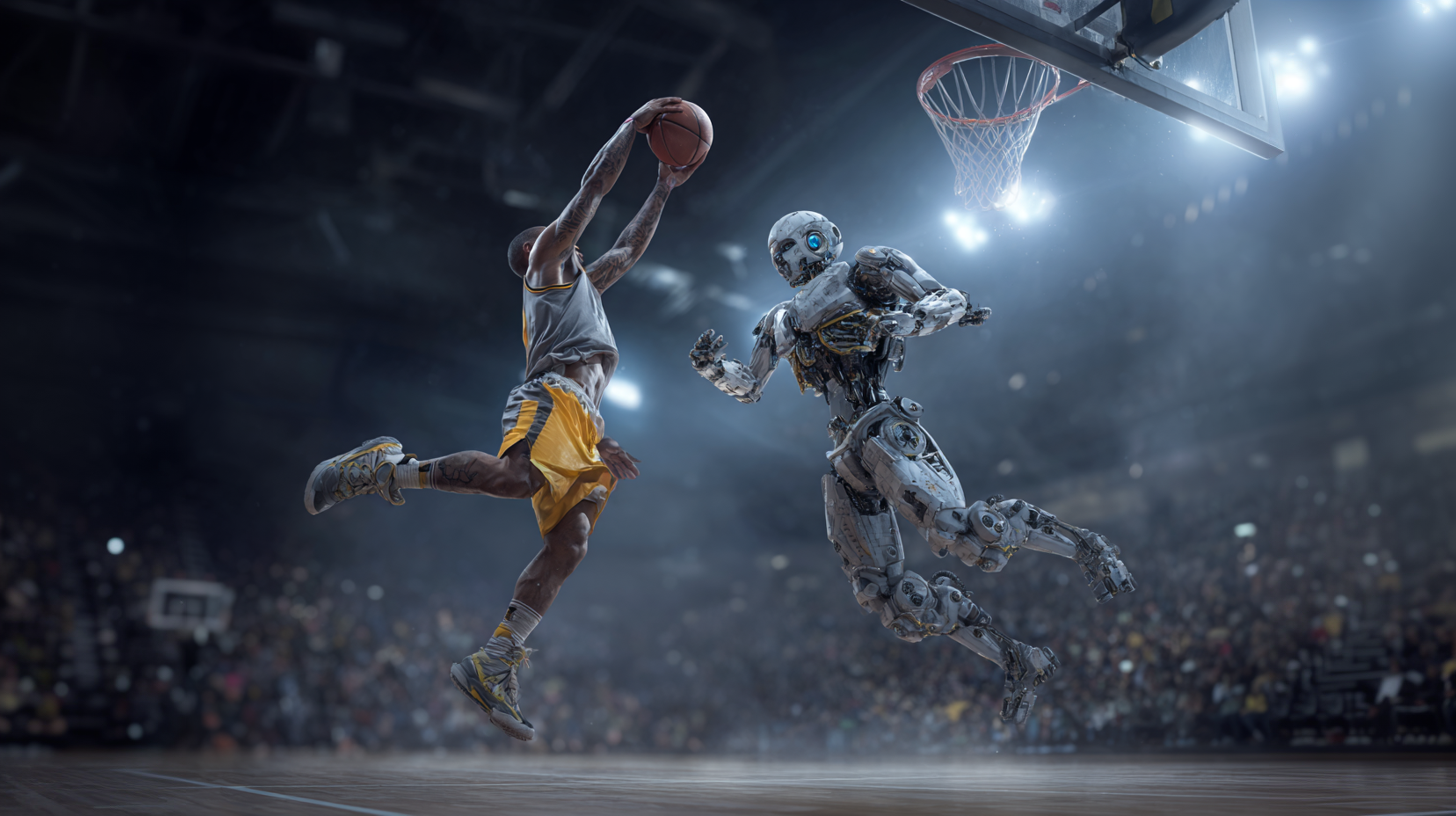
Disney’s $1B investment in OpenAI signals a shift from automation to participation, turning iconic IP into living worlds where fans become creators.

As of October 2025, AI is influencing nearly everything in the world of tech, and it’s beginning to reshape the labor market, too. CEOs are attributing workforce reductions to the rise of AI and its power to augment human effort. People are starting to worry about their jobs and their futures. College students are questioning their majors.
What the labor market will look like next year is anyone’s guess, but from where we sit today, AI isn’t ready to take over anyone’s job. Not yet.
We’ve entered what I call The Superhuman Era. A time when people can multiply their output and impact through collaboration with AI.
As capable as AI is today, it’s still a tool. Agents promise some autonomy, but their limits are already showing. For now, and for the foreseeable future, the best path forward isn’t automation or replacement. It’s collaboration. It’s the creation of superhumans.
AI has already fulfilled many of the promises that once lived only in science fiction. Talking to a computer and getting a meaningful response feels like a breakthrough. Having it compose music, paint portraits, or write code feels almost magical.
But magic doesn’t stay magic for long. The moment it works, we point it toward efficiency. We start asking how it can make work faster, cheaper, or simpler.
Now, nearly every major platform, from Asana to Zapier, has an AI copilot built in, ready to assist at every turn. It’s a natural evolution, and so is the rise of AI workflow platforms that connect one tool to another. But for all their progress, they still depend on human direction. Without us, there’s very little automation they can truly accomplish.
Agents promise autonomy by giving AI an inner voice, the ability to think through problems, make decisions, and even self-correct. The promise is there, and there are glimmers of hope.
But even on purpose-built platforms like CrewAI and OpenAI’s Agents, the output doesn’t replace a human. It replaces a task. And that’s at best.
This isn’t a dismissal of progress. Far from it. But it reveals something deeper, something more human: we don’t value human effort enough.
When companies announce layoffs “because of AI,” I’m skeptical. Most of the time, those layoffs were already on the horizon, AI just makes for a convenient scapegoat.
Instead of cutting teams, companies should be training them. If AI can make workers 5x more effective, why use it to shrink instead of grow? Why, given the power to multiply productivity, would anyone choose stagnation?
The math doesn’t math.
We are sitting on a technology that can make anyone superhuman.
It can turn a mediocre coder into a full-stack powerhouse.
It can turn someone who can’t sing “Happy Birthday” into a prolific musician.
It can turn an account manager into a client relationship god.
That power already exists. It may take time and training to wield it well, but it’s here. Right now.
Some people believe AI is here to take our jobs.
I believe it’s here to make us superhuman. Capable of more than we ever thought possible.
The old jobs may disappear, but only because we’ve evolved beyond them. We’re not being replaced.
We’re being upgraded.
RELATED POSTS

Disney’s $1B investment in OpenAI signals a shift from automation to participation, turning iconic IP into living worlds where fans become creators.

How Sightbox crafted Overstock’s Vault campaign using AI tools and human insight.

AI design looks clean but all the same. Humans bring taste, soul, and originality. Learn why real creativity still dunks on AI dribble.

At Sightbox, we’ve felt this before: the gray screens of Netscape in 1995, the first chat with GPT in 2022. Both moments carried the same spark of the future arriving all at once. Now the tide is rising again.